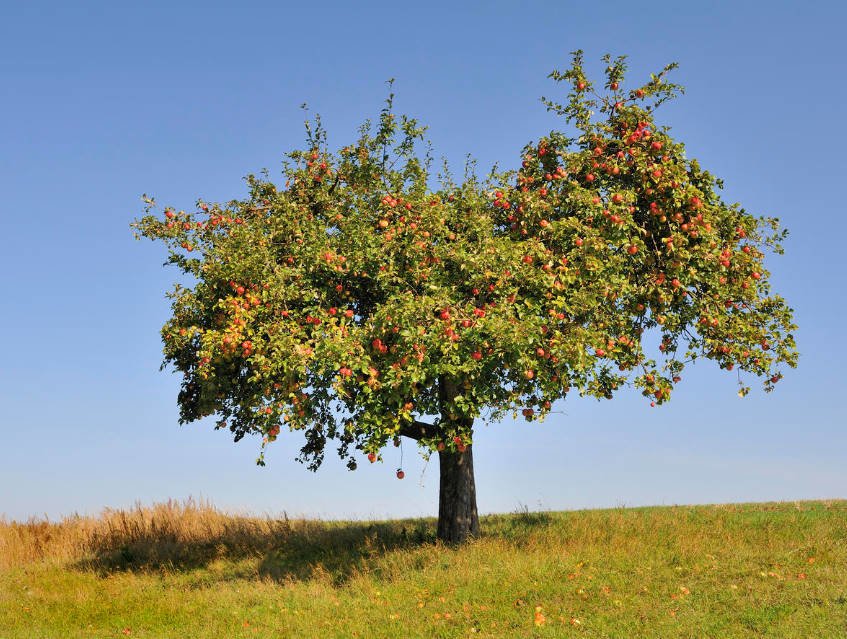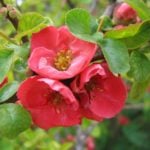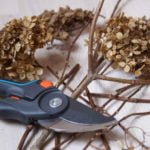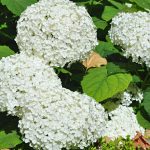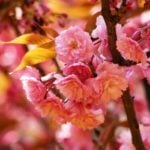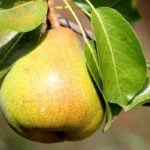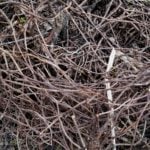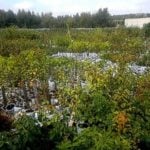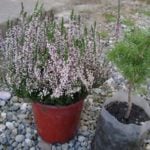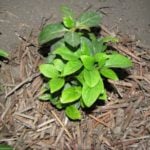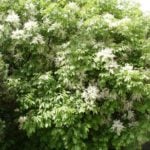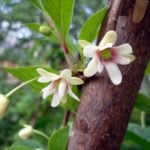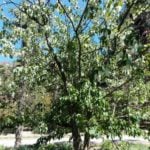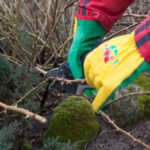Before starting a specific conversation about cropping, let’s talk about the object of our hands application. Let’s remember a little theory and, as it is fashionable now to speak, we will give a Glossary.
What is a tree
The tree consists of an underground and above-ground part. We are interested in the above-ground part, which consists of the trunk and crown. The trunk is a part of the tree trunk from the root neck to the first branch.
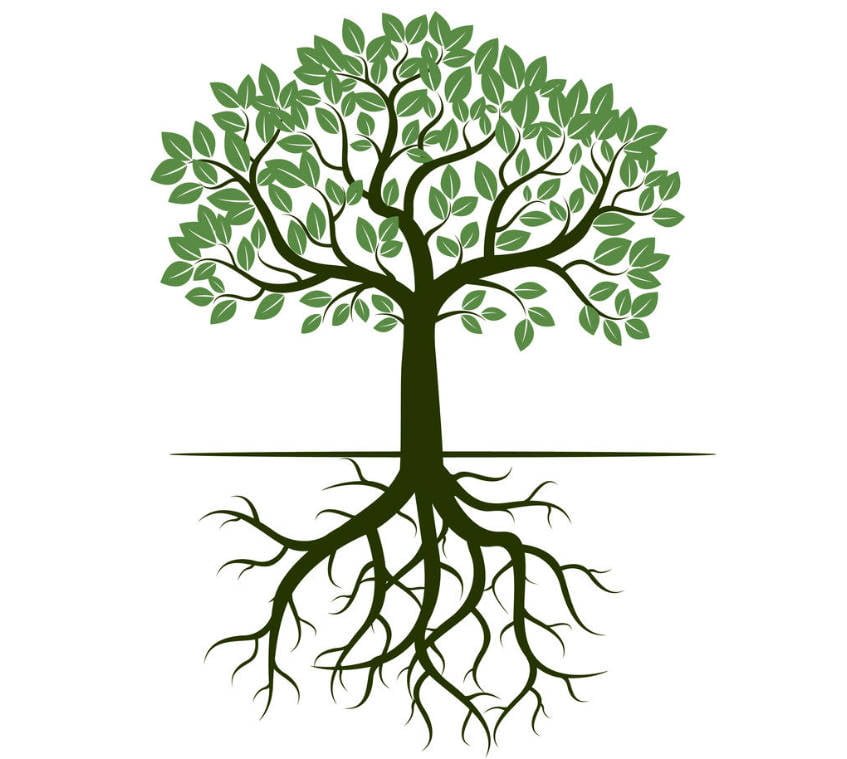
The tree consists of an underground and above-ground part, which, in turn, has a trunk and crown
The most important thing about the trunks
What is important to remember: at what height the branch you have grown, and this will remain for the entire period of life of the tree. To make it convenient to work with tree – loose and perform other work, the trunks must be at least 1 m. And that happens to grow down the twig; as it is at the bottom, is growing rapidly. And sorry for the gardener to saw off her. And a few years later-a large skeletal branch at the earth. Everyone is uncomfortable, but it is a pity to saw.
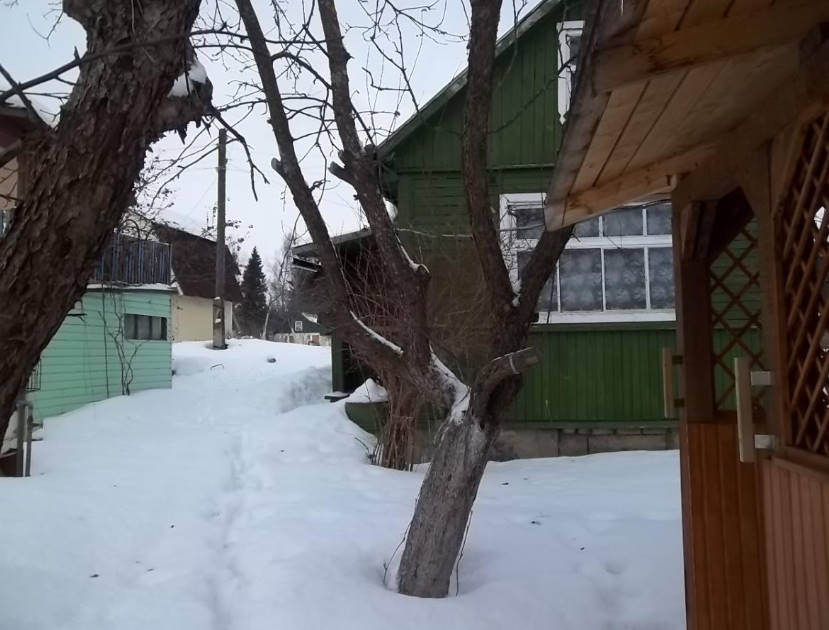
The trunk of the old Apple tree
The height of the trunk depends on the stock. In Apple trees on seed rootstocks the strain reaches a height of 1.2 m, on semi – dwarf-0.7 m, on dwarf-0.4 to 0.7 m. The higher the strain, the later the tree enters fruiting, the more apples fall due to the wind. But again, everything should be in the middle, low strains are also inconvenient.
The most important thing about crowns
Crown-a set of branches and leaves in the upper part of the plant, continuing the trunk from the first branch to the top of the tree or shrub with all the lateral branches. Or Crown-the totality of all branches.
Most often it happens at the crown of the barrel – axis of the overhead system, the main carrier of the construction of the crown. At a young age, it usually happens in all trees, and then some disappears. Many varieties of Apple trees, if they are not formed, lose the trunk.
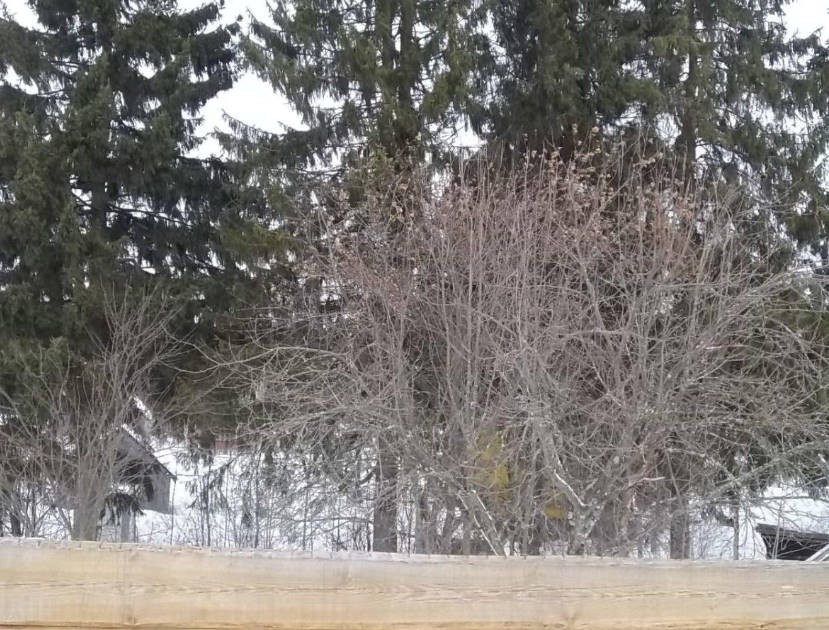
Apple tree lost the Central conductor, and the spruce is not lost
In fruit growing there is such a thing as a Central conductor. This part of the trunk from the trunk to the increase in the last year or branches, sharply receding to the side. Depart from it the basic or skeletal branch is the largest branch of the first order, the components of the skeleton (skeleton) of the tree and continuing throughout the life of the tree.
Main branches carry the overgrowing branches, varying in length according to the morphological characteristics and functions. They cover the Central conductor and the main branches of the crown. Of these, we are most interested in generative, fruit branches.
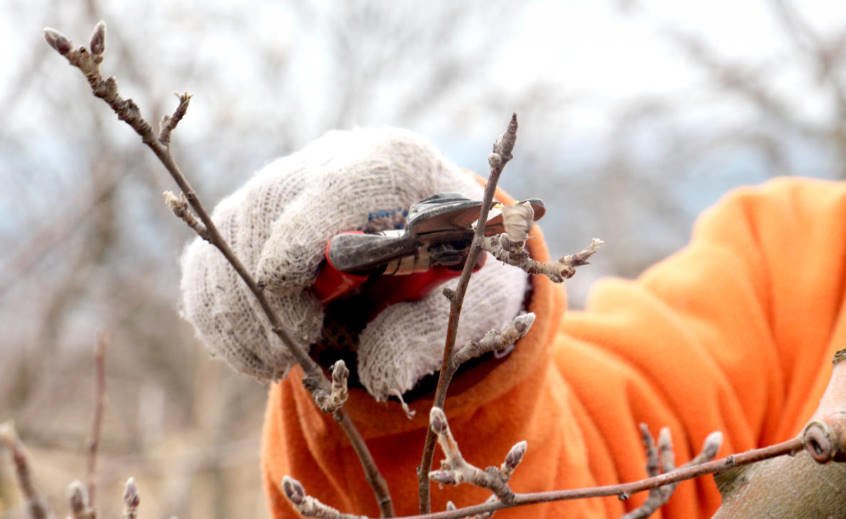
Know the structure of the crown is necessary to choose the right trim strategy
On the fruit tree you can find all kinds of fruit formations, but depending on the variety, one or two prevails. Hence the different pruning strategy. For example, spears and rings usually grow inside the crown, and fruit twigs — on the periphery of the crown. And the tree that forms the harvest on the fruit twigs, we will be careful with the periphery of the crown.
Classification of crowns
Wood is an architectural structure, with its floors of skeletal branches. And each tree has its own architectural style. Crowns try to classify. Every classification in some conditional, but the basic trends stand out. The basis of the classification is a certain feature.
If we take such a sign as the degree of intervention in the natural nature of growth, the natural and artificial crowns differ. In the formation of natural crowns used patterns of growth and development of plants, close and characteristic of the culture or variety. In the formation of artificial crowns, the placement of branches on the trunk and their orientation in space is significantly different from the natural, so the tree takes a different form from the natural.
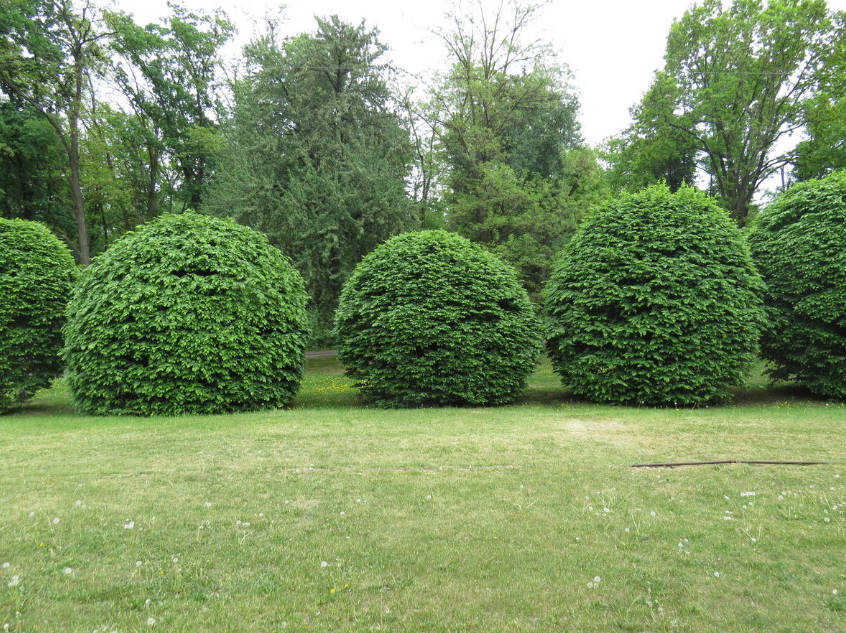
Crowns are divided into natural and artificial
One and the same form of the crown for one species can be natural, and for another — artificial. Take, for example, two forms of the crown – sparse-tiered and Cup-shaped (vase-shaped).
Sparse-tiered (or improved-tiered) crown includes a Central conductor and 5-6 major skeletal branches. The lower tier is formed of 3-4 skeletal branches. The subsequent tier is formed from 2-3 branches. This type is the basic version of most modern rounded crowns.
The vase-like (Cup-shaped) crown consists of 3-5 main branches laid from adjacent kidneys. Possible main branches lay not from the adjacent kidney, and at a distance of 15-20 cm from one another. The Central conductor is removed at the beginning of the formation. The main branches are cut at a distance of 40-50 cm from the base and get paired branching. The vase-like crown is also simple in terms of the technique of formation, but it is fragile. Therefore, it is suitable for pome on dwarf rootstocks and stone.
If we had to form a sparsely-tiered crown for birch or spruce, there would be nothing special to do and did not have to:
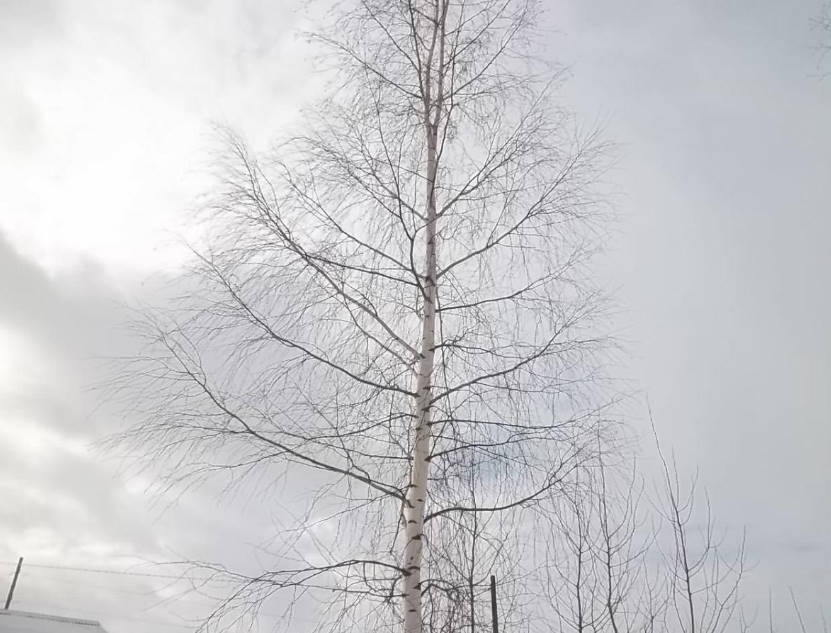
The birch is beautiful sparsely-tier crown
For these trees, this form of crown is natural:
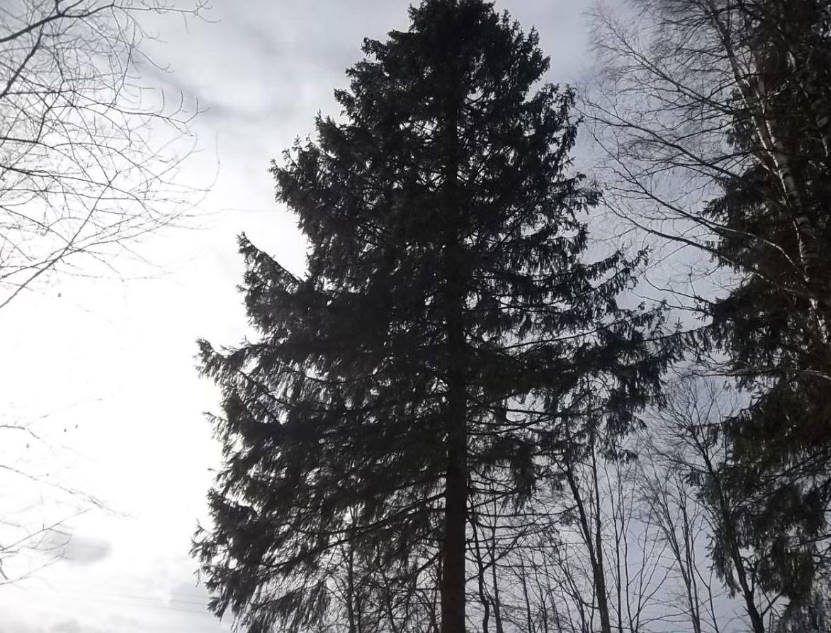
And spruce too
But Apple can easily become the center conductor. And pulls her vase shaped of the crown. A photo like this never trimmed the tree I imagine:
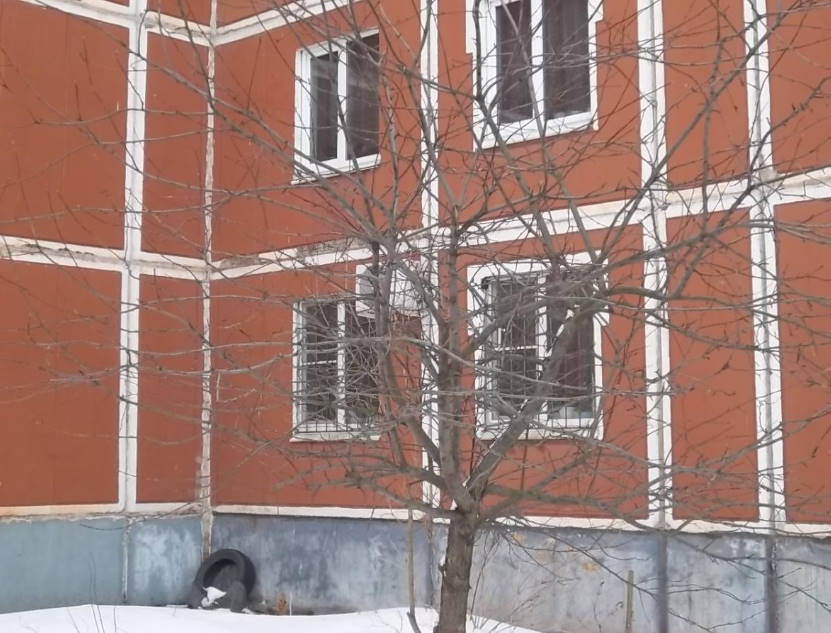
And the tree without cutting off the crown became vase shaped
But a bountiful harvest will break such a crown at the Apple tree. That is why we are doing it artificially sparsely-tier. Here is a picture of the tree where this work started:
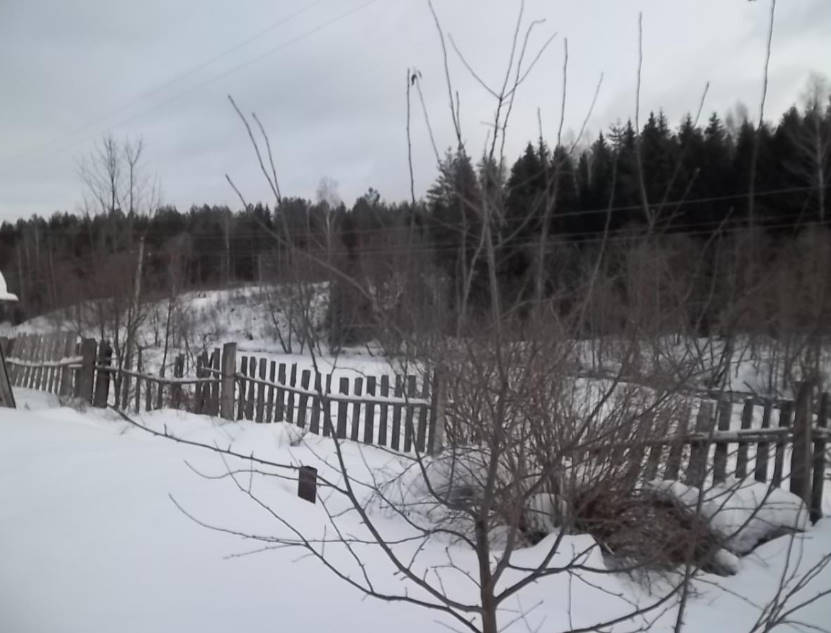
Here is a picture of the tree where this work started
And a photograph of a formed tree:
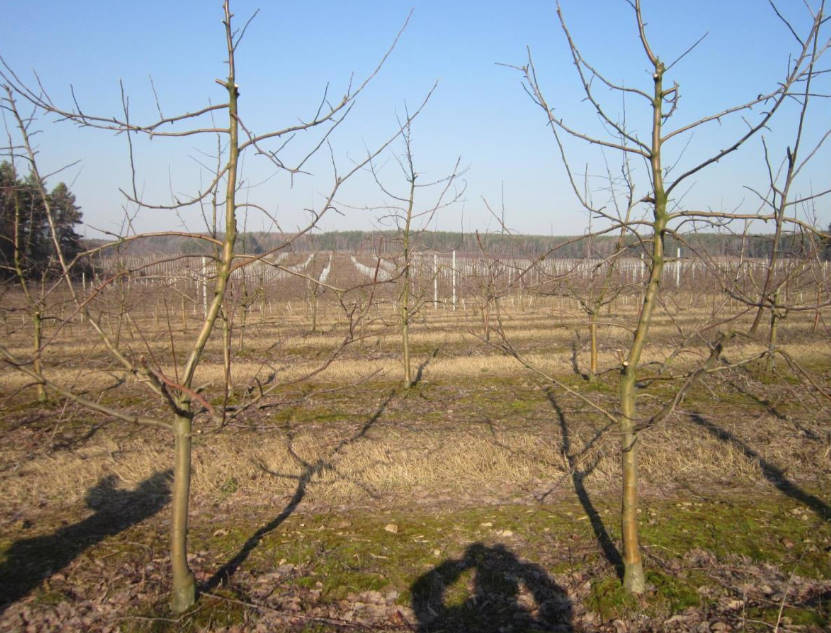
And a photograph of a formed tree
Again, for Apple sparse-tiered crown is artificial, and for birch it is natural. For stone, as for many varieties of Apple, close to the natural vase-shaped crown. Therefore, cut into a bowl (vase) cherry or plum and this remains a long period. But these trees do not burden themselves with a high harvest, and we do not risk when we preserve the natural Cup-shaped crown for them. For example, as in the photo:
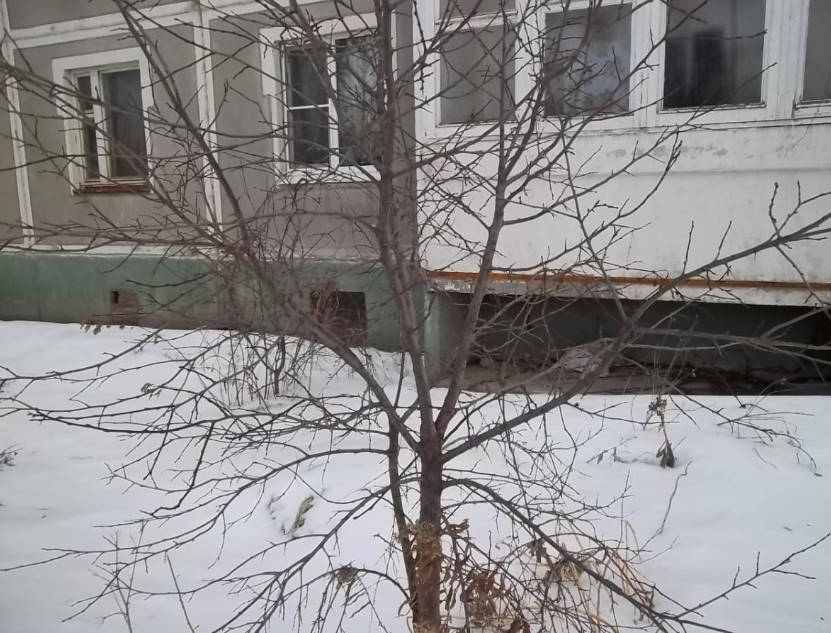
Plum — vase shaped crown
What are crowns
And now a little about the infrequent, but interesting types of crowns. In the decorative, and sometimes in industrial horticulture to meet the crown Stamp. In General, the tree in the form of a Chupa-Chups-trunk prevails over the crown.
The Stamp forms are characterized by the presence of a trunk cleaned for some length from the branches and crowned with a retained leader (Stamp tree with the main trunk) or divided into several main branches (with an open center). Earlier in ornamental horticulture was in Vogue maples, Norway maple crown with Stamp, and the gardens — cherry.
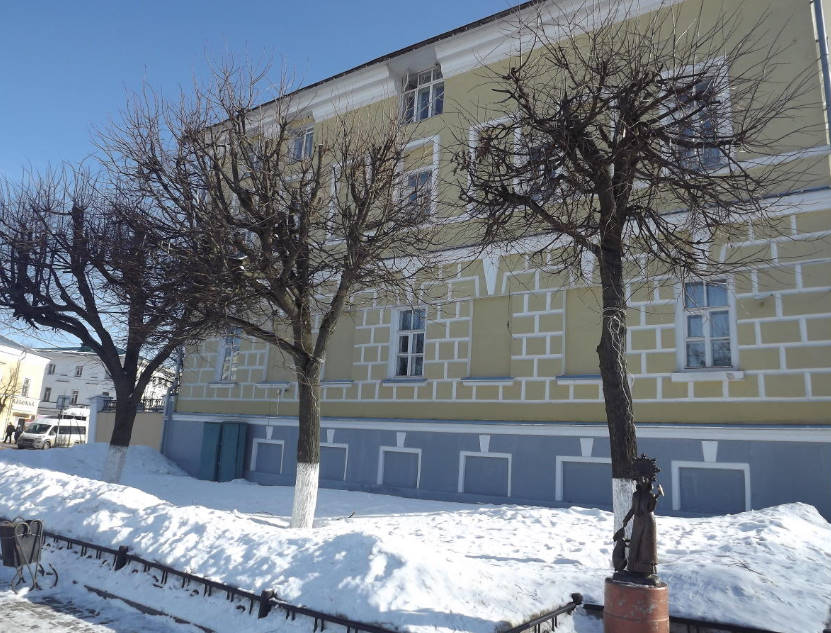
The city is popular Stamp crown
The trunk develops in trees and in natural conditions – their lower branches die, shaded above the branches and neighboring plants. However, in the garden, the purification of the lower part of the trunk from the branches can be accelerated, including in low-stamp trees. This procedure is carried out in the early stages of development of the tree to reduce the area of cuts.
All branches of the future of the trunk is not removed immediately, and divide it into three parts. At the bottom of the branches removed immediately in the first year, in the second part of the strongly cut, in the third — a little. In the second year, cut off the branches in the second third of the trunk. And in the third year complete the formation of the trunk.
In addition, there are creeping crowns. They are especially common in ornamental horticulture, where lawns and Alpine slides decorate. In the Northern regions, some enthusiasts use this method of forming the crown to promote fruit crops to the North.

Creeping crown often found in ornamental crops
When forming this type of crowns removes center conductor lateral branches pin to the ground, and all shoots growing up, that is the pinch.
All described crowns were three-dimensional, that is, three-dimensional, in 3D. But there are also flat crowns. Like palmettes. They are used in intensive fruit growing. For such trees, pull the tapestry wire, as for grapes. The branches are tied horizontally to the generative processes prevailed over the vegetative. All branches that grow in the plane of the trellis at the right angle, leave. The rest are cut and removed. Horizontal branches lay more flowers, they are well lit, they form larger and well-colored fruits.
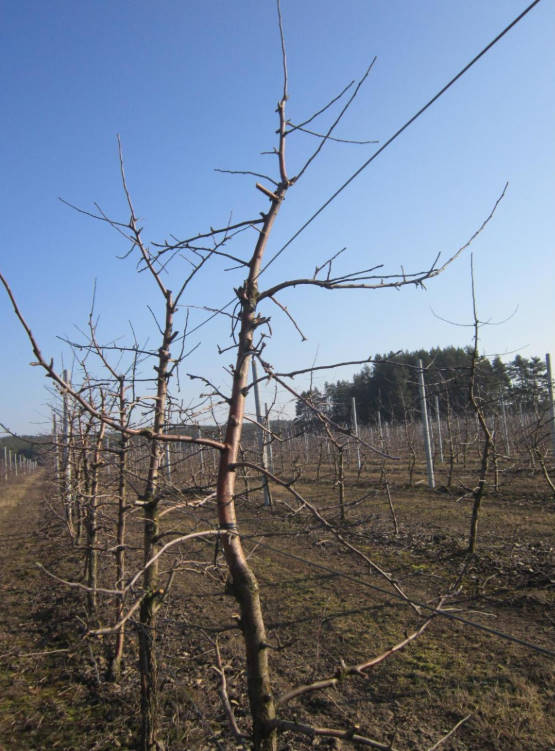
Example of a palm garden
That is all about the crowns. Why is it necessary? You approach the tree like a sculptor. And you decide that you need to remove the excess. Take a strategic decision where and what to remove.
Once I worked in practice on pruning the garden. Norm-15 trees in day, practice 10 days. In General, we cut 150 trees each. And each-improved-tiered crown before my eyes. We go home. I look at the birch and spruce-the soul is happy, the right crown. And the maple and black alder are unable to watch: crown of wrong, the hand behind the saw runs. A few days on the overgrown trees.
I wish everyone who is interested in this topic to acquire a professional look at the crown.
